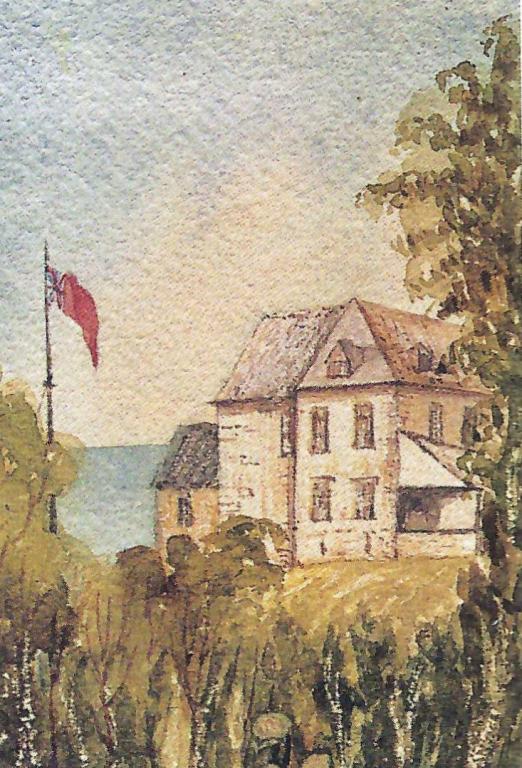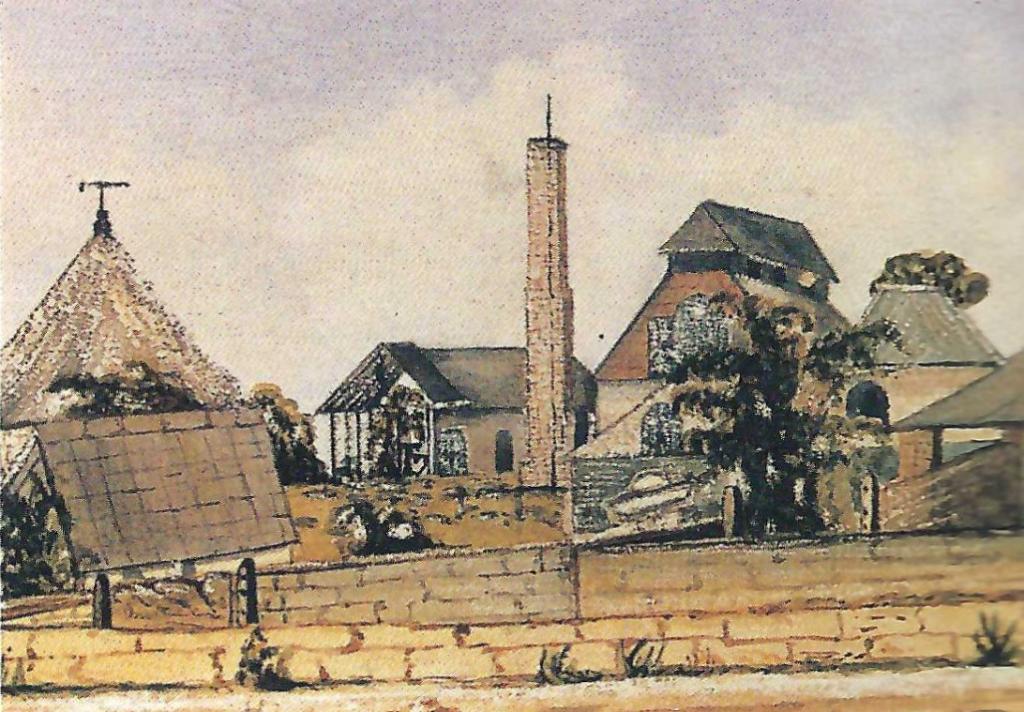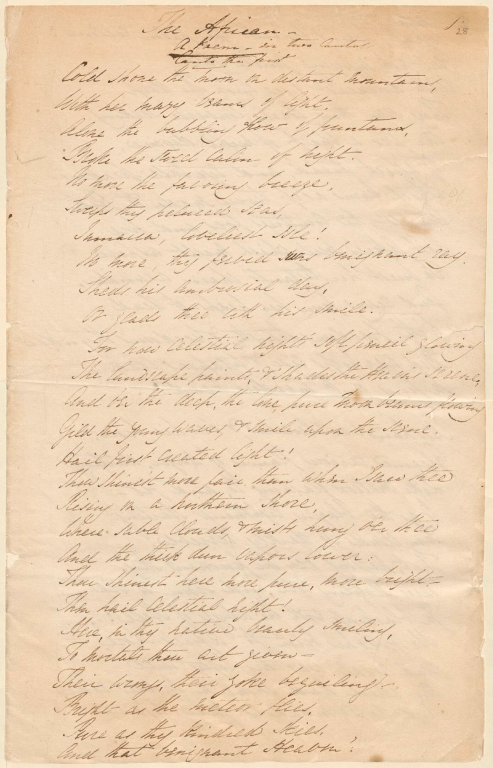Barrett Hall
Completed around 1809, Barrett Hall, located in Jamaica's St. James Parish, served as the primary residence of Richard Barrett, a representative in the Jamaican legislature and cousin of Elizabeth Barrett Browning's father, Edward Barrett Moulton-Barrett, until Richard Barrett's death in 1839. Barrett Hall, along with several other Barrett family estates, including Greenwood Great House and Cinnamon Hill, was one of the major great houses on Jamaica to be spared during the slave uprisings (also known as the Baptist War) in late 1831 and early 1832. Located a few miles inland from and up the hill behind the Greenwood Great House, the Barrett Hall estate comprised over 800 acres of land and averaged about 200 enslaved people laboring in the production of sugar, rum, and cattle. Plantain walks, referenced in Barrett's story of a runaway slave (found here in manuscript form) that purportedly inspired Elizabeth Barrett Browning's "The African," were also a prominent feature of the estate, marking Barrett Hall as a potential location for the tale. The house fell into disrepair during the 20th century and no longer exists today.
Barrett Hall Great House Source: The Barretts of Jamaica, by R.A. Barrett
Source: The Barretts of Jamaica, by R.A. Barrett
Barrett Hall Sugar Works
Source: The Barretts of Jamaica, by R.A. Barrett
Coordinates
Longitude: -77.761658700000


